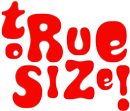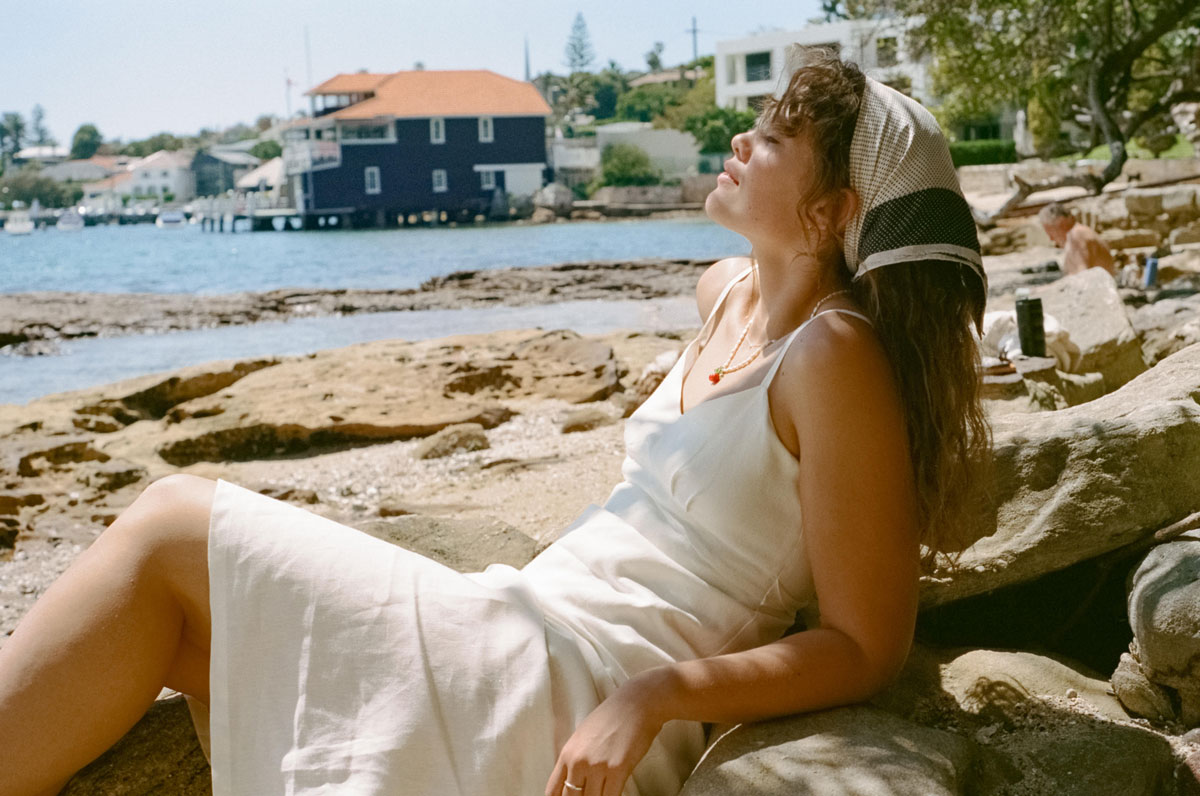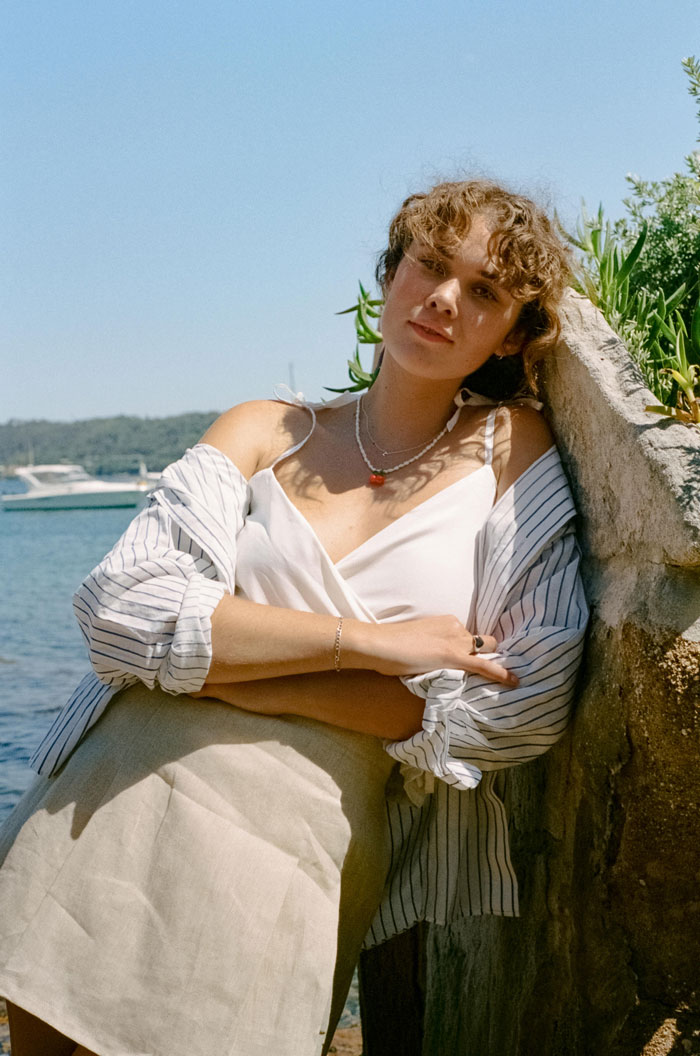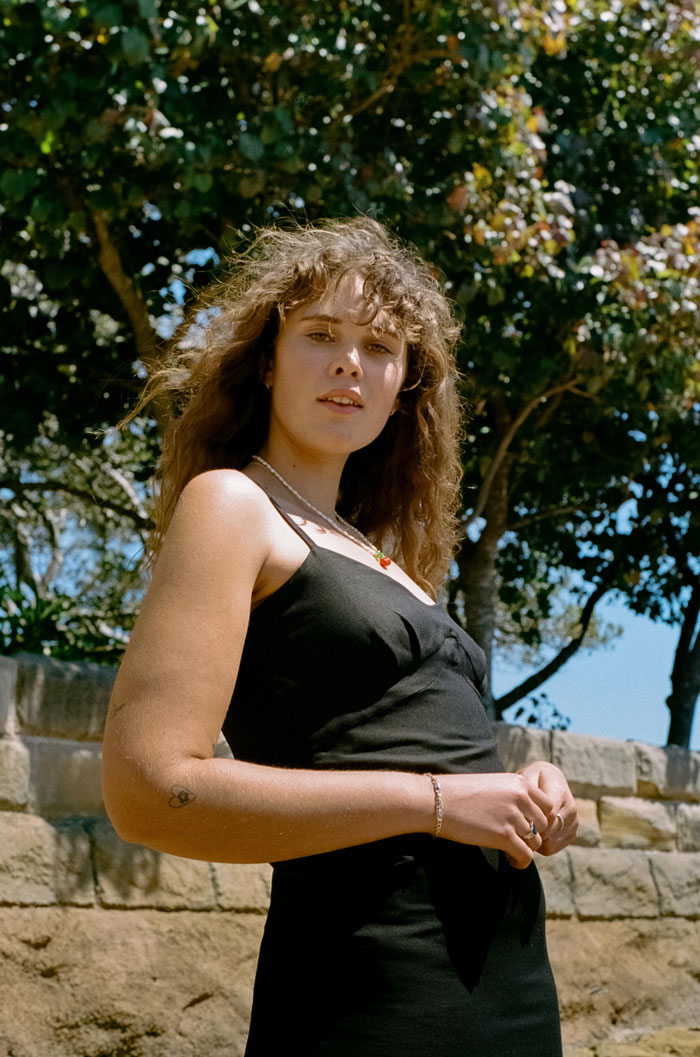Isabel connected with Erba the Label at the start of lockdown over email on opposite sides of the globe as the world around us drastically changed.
All the sun-filled images have been provided by Erba the Label
There is a lot of power in my writing to you right now. Though you’ve arrived at this piece for a designer interview (which is to come shortly), I would like to pause first on how stories are told. For so long in mainstream fashion, the narrative of competition has been a central driver among brands. Who did what first? Who did it best? But what happens when we remove the competition from the narrative? What if we encourage a more level playing field where more brands and designers can grow together?
I have noticed this already among small brands in digital spaces: the willingness to promote other small businesses alongside their own. To champion this, I have set forth a designer interview series that is linked by the recommendations between small brands, without any intermediaries. At the end of each interview, I ask the designers to tell me who they want to hear from next, understanding the need to support like-minded businesses. In a fashion world that grows from a place of kindness rather than greed (this is the kind I aim to exist in), there is room for cooperation and less need for competition.
For my first interview, meet Amalia Grierson, the designer of Australian-based brand, Erba the Label. After finishing high school and realising she didn’t thrive in the world of academia, Grierson decided to start her own fashion brand at 18 years old. Without studying fashion or business, she taught herself everything as she went along. The driving force behind starting Erba was her fascination with fashion from the 1920s to the 1970s, more specifically the fit of clothes through the 20th century. Inspired by classic silhouettes, ensuring that the fit and construction of each garment is precise has been essential to Grierson as she built her brand. Having since built a beautiful limited-range collection, Erba has evolved into a sustainable label of classics done well, the kind of pieces that fall in the perfect way as you toss them on and run out for a day in the sun. What intrigued me about Amalia, is her willingness to be transparent not only about the making process of her pieces, but also about her brand. Below we discuss what it feels like to build yourself as a creative and a business mind all at once and one’s own.
Isabel Mundigo-Moore
Amalia Grierson
The first thing you see on your website is the desire to be transparent in all aspects of Erba. Why do you feel that is important?
This question could trail into many topics but right now I think it plays greatly into being conscious of what your money is supporting and being sustainable with your purchasing habits.
Without transparency in brands people are able to make such detached purchases with no thought to how it’s made and who it’s made by.
So many people do not know what goes into making just one piece of clothing. It’s actually a lot of work and generally passes through many hands. I hear people say that they can’t justify spending upwards of $150 on one item with their excuse being that they could buy four items with that amount. This attitude of quantity over quality is such a problem in our society and I think one simple way to help achieve better purchasing habits would be to make brands more transparent. And that goes for fast fashion brands as well as slow fashion brands. Without transparency in brands people are able to make such detached purchases with no thought to how it’s made and who it’s made by.
Being transparent is almost an act towards accountability for both the brand and the customer. If a consumer is aware of all the labour, skills and processes that go into making the piece they are purchasing, that’s when they can make a fair judgement on the price. That is an informed purchase. It’s so easy to make a quick $40 purchase of a dress when you aren’t made aware of everything and everyone that ultimately pays somewhere along the line by not getting fair wages, or safe working conditions, or by being destructive to our environment. It’s also known that you value your purchases more if you know where it has come from, by who it was made, and what positive effect it achieves/supports, if any. This then ties into curating a morally valuable wardrobe and taking care of the items you’ve purchased, which is only possible if you the brands you support are transparent.
It’s so easy to make a quick $40 purchase of a dress when you aren’t made aware of everything and everyone that ultimately pays somewhere along the line by not getting fair wages, or safe working conditions, or by being destructive to our environment.
What is the influence behind the designs of your pieces?
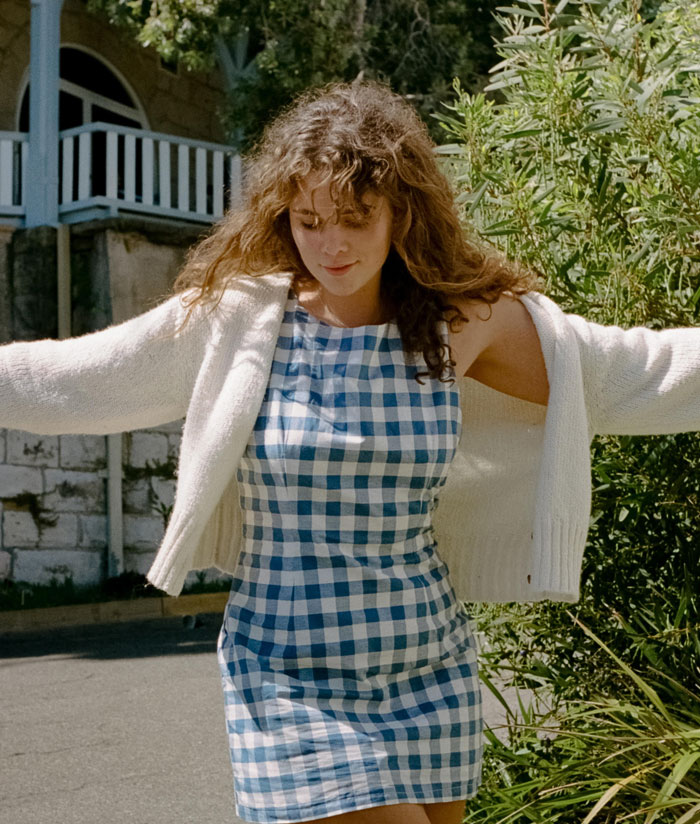
I love vintage fashion and spend a lot of time looking at vintage photos, movies and patterns to gain ideas and inspiration. When making clothing back then, the focus was on the quality and the fit—something that I place as the utmost importance when designing pieces. Quality is determined by fabric choice and finishing options (lining, stitching, hemming) while fit directly correlates with the pattern construction, down to the zipper length and placement. As much as I’d like to be able to draw a dress and for it to be an exact reflection of this, it just isn’t possible. So, to answer your question I’d say the influence behind my designs are specifically the quality, and fit of fashion from the 1920’s to 1970’s.
I love vintage fashion and spend a lot of time looking at vintage photos, movies and patterns to gain ideas and inspiration.
Who are your influences as a designer?
I kind of want to break this question into two aspects—designing clothing and designing a brand. In terms of designing clothing I’d say it is more things than people that influence me. So, to name my top ones would be lifestyle, nature, culture, history, crafts and techniques. Whereas when it comes to creating a brand image and trajectory, I look to two women who run their own successful brands. I love Yoli and Otis and the family behind that brand. The lifestyle they live and so graciously share is something I am always eager to see and dream about. Similarly, to that is Christy Dawn— this brand is my point of inspiration when it comes to building Erba into a bigger business whilst making it even more transparent and ethical than it is now. Generally, when you witness a fashion label moving from a small business into a medium to big business, a lot of the base standards that initially built that brand are sacrificed in the process. Christy Dawn has done exactly the opposite and so I look to them as a role model in this area for my own business. Both Lena (Yoli and Otis) and Christy (Christy Dawn) are very present and active within their brands which I love to witness.
The impact clothing can have after it has been purchased can do just as much damage or good as it can in the designing and manufacturing stage.
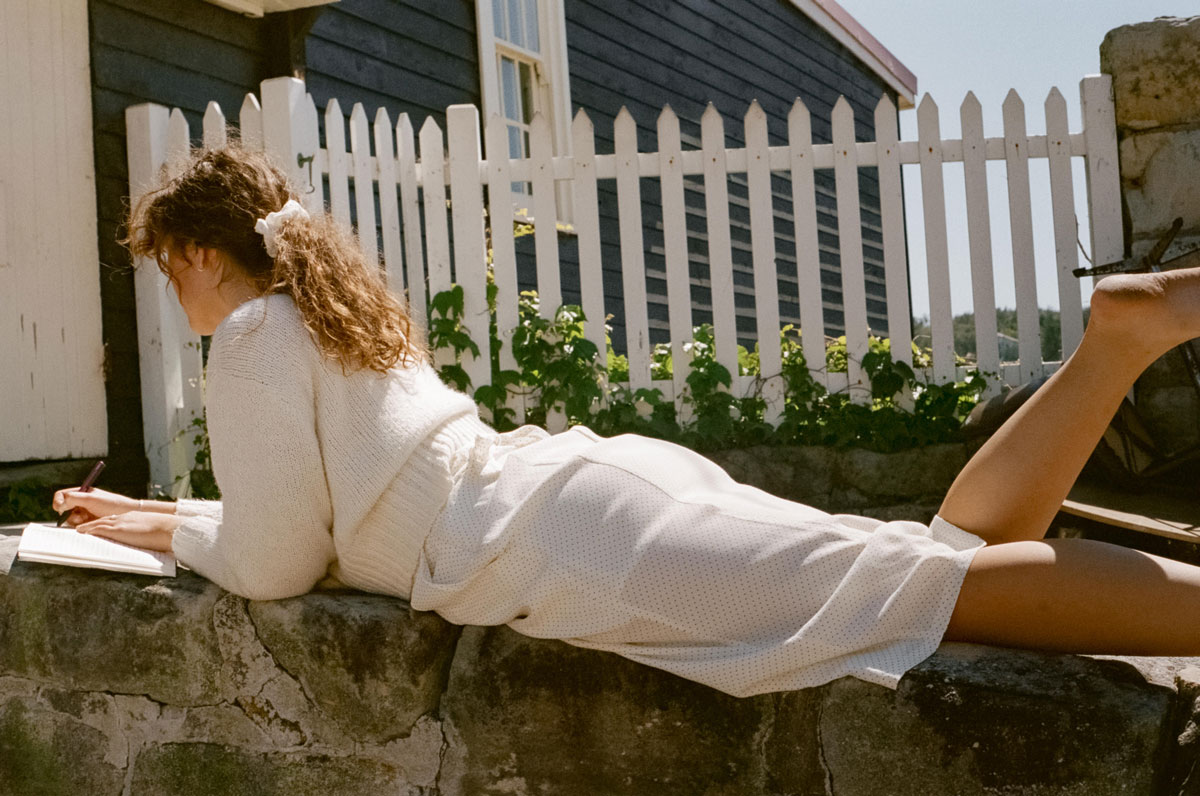
Let’s discuss with the smallest part of the garment, the care label. Tell me a bit about the message on that and why it’s important.
Oh yes, I love those labels! Frankly I felt the need to carry my brand’s ethics further than on just social media, or on my website. I noticed that brands generally express their values and voice on their website, or sometimes on a pretty card when you receive your order (if online) but further than that it gets lost and can often be forgotten. I wanted to imbue my biggest message on every garment as a constant reminder to people that supported my label. This message simply transferred the responsibility of keeping it a sustainable garment over to the wearer; that they are now the ones who determine whether or not this garment will carry on being sustainable and ethical because I worked hard to ensure its first life was exactly that. The impact clothing can have after it has been purchased can do just as much damage or good as it can in the designing and manufacturing stage.
Speaking of branding, being a small team of one, how does your personal identity inform your brand?
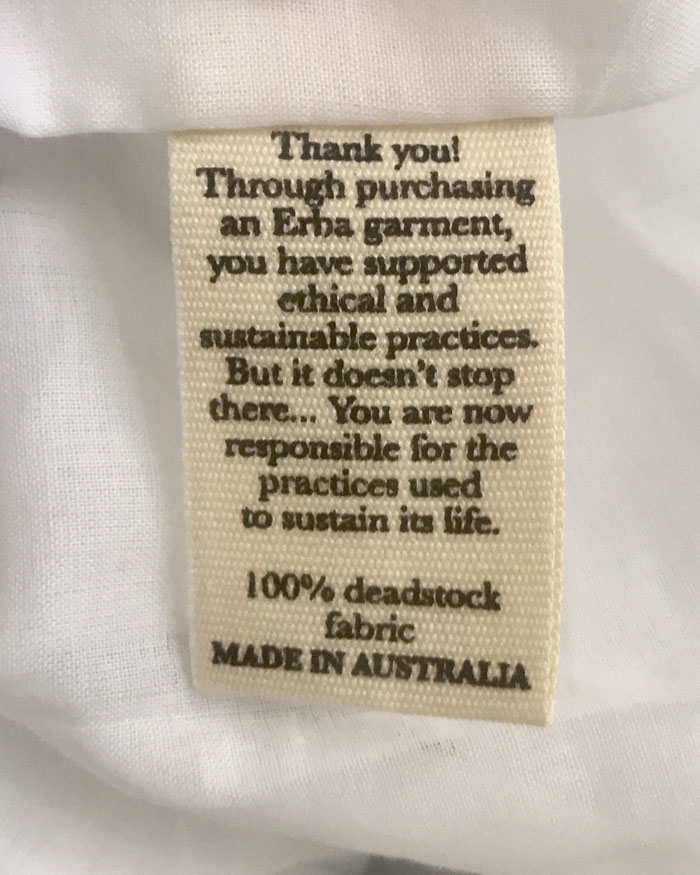
I would love to be able to answer this by saying all of my personal morals are voiced and portrayed within my brands image, but in actuality it’s just the issues of being sustainable and ethical within the fashion industry. I actually recently emailed as well as posted on Instagram an in-depth post introducing myself, explaining my lack of presence within my brand and stating how I want to work towards integrating the two together as this had been something I avoided doing. Nevertheless, everything my brand presents as today has come from my own principles and a drive to be a part of a positive change in the fashion industry which isn’t to be overlooked. Right now, however, I am aiming even higher as I want to be a part of the positive change in every aspect of society. This means lots of reflection, conversations, research, planning, and emailing.
Being a team of one I only have so much energy to give to certain aspects within my business.
I guess my personal identity is always evolving which means my brand will always be evolving too as I am the driving force behind it. In the simplest of ways however, my brand is actually a perfect reflection of how I live my day to day life. I take it as it comes, and only put my energy to things that I am interested in or inspired by as this is when I do my best work. A perfect example of this would be my brand’s Instagram page and the timing of my ranges. I am not consistent with posting, nor am I stringent with releasing new designs. Being a team of one I only have so much energy to give to certain aspects within my business. When I have the energy and time to give to social media, I do so, but when I am focussed on the sampling or manufacturing stages, I generally take a small hiatus from posting. This is not to say it works well, as it definitely doesn’t foster consistent growth, but it’s how I am able to keep myself and my business running healthily until I am at a stage to outsource certain areas.
With that personal connection to your brand in mind, how does hand-making the pieces connect you to the garments themselves?
I don’t make all the pieces myself as it can be so time consuming and is something that is best left up to the professionals sometimes. I work with a small family run manufacturer that is local to me here in Sydney when I am making an excess of 5 garments. Anything under a quantity of 5 I will make myself and these tend to be the very limited and exclusive pieces. It is definitely a special process and an often-overlooked skill to be able to make an entire piece of clothing from building the pattern to sewing the final stitch. If I were to give you one answer, it’d be that I never take a piece of clothing for granted no matter how small… it is hard work and takes a lot of persistence and patience.
It is definitely a special process and an often-overlooked skill to be able to make an entire piece of clothing from building the pattern to sewing the final stitch.
Who would you like to recommend for me to interview next?
I would love to read an interview from Hattie and Minna of Fruity Booty!!
Isabel Mundigo-Moore (@mundigomoore) is a London-based fashion writer and theorist. She is interested in reframing narratives around sustainability, including refocusing materialism on the material, and caring about clothing as an act of love. Read all of Isabel’s pieces here.
